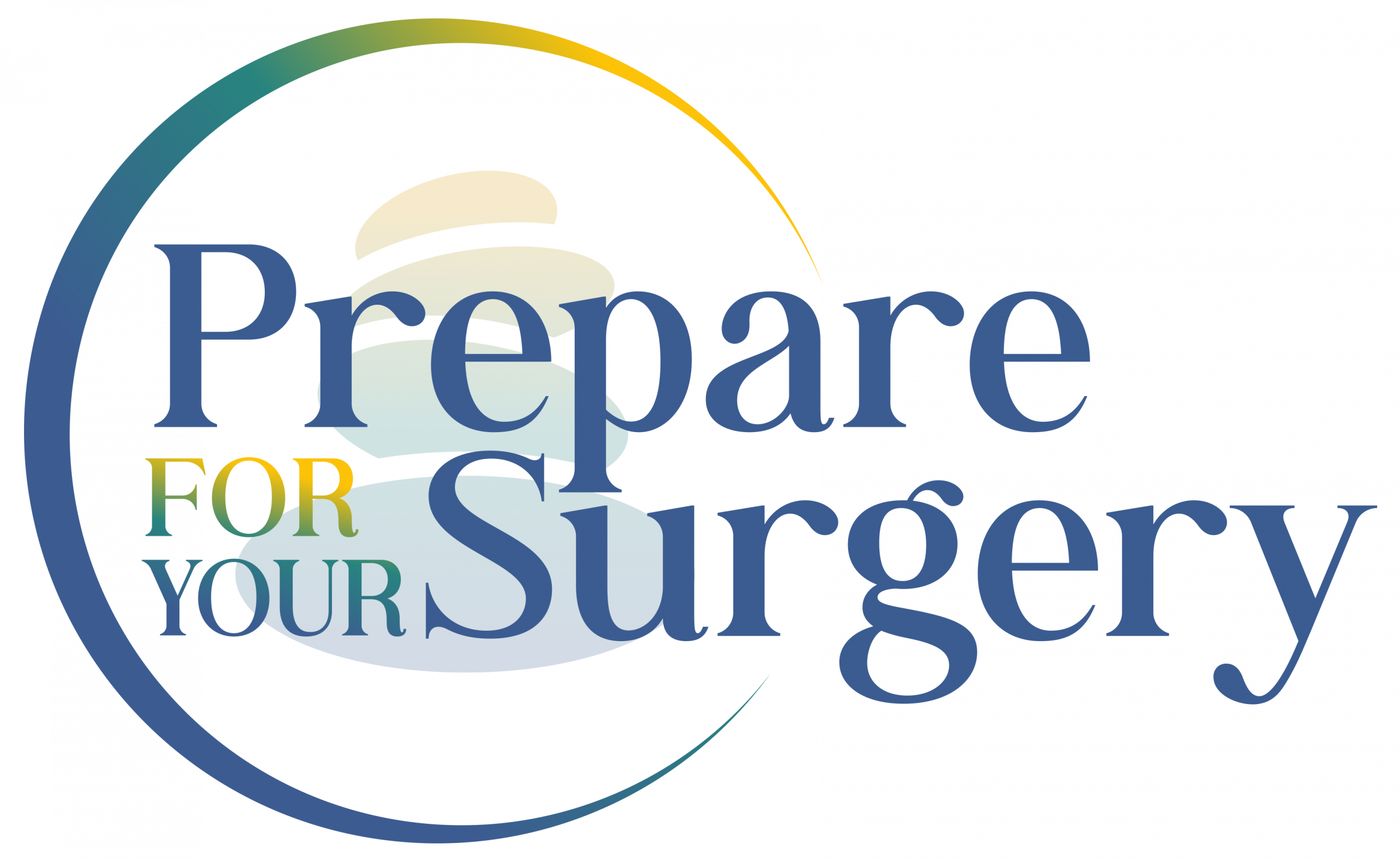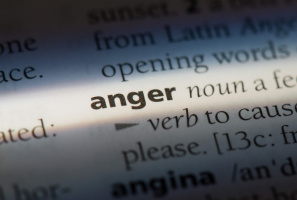It happens to the best of us. We get mad. We get pissed off. We experience anger.
“Speak when you are angry and you will make the best speech you will ever regret.”
― Ambrose Bierce
Anger can be considered a family of emotions, with varying degrees of intensity, leading to various responses. Annoyance leads to frustration, exasperation morphs into vengefulness, bitterness explodes into rage.
Can you stop it? Maybe. But what I’m going to share with you now is not a way to stop it. I’m sharing a tool to deal with it. A tool called STOP.
The problem with anger isn’t that we feel these feelings. The problem is how we handle and express them. How we deal with and react to whatever it is that is causing us to feel anger is often in ways that are unhelpful, even harmful, and can lead to more problems.
“You will not be punished for your anger; you will be punished by your anger.”
― Siddhārtha Gautama
It’s okay to feel angry.
First, realize what anger is. It’s an emotional response to an external (personal insult, cut off by another driver) or internal (childhood memory, fear of abandonment) event. If you think of anger as a biological response to a trigger, then you see anger as a natural response to a threat. Much in the way that physical pain is a signal that the body is experiencing a physical threat, you can think of anger as a signal that your psyche is perceiving a threat of some kind. The threat may be physical, emotional, mental, or even spiritual. It may be a threat directed towards yourself or someone else — a loved one, maybe even someone you don’t know.
Once you recognize that anger is a signal of a threat, you can use this tool to deal with the threat (external or internal), allow the anger (emotional response) to dissipate, and experience a more productive and positive response.
STOP is simple. Simple is not always easy.
STOP is an acronym for a tool that you use when you experience anger. It is simple and effective, but not necessarily easy. The great thing is, you can use this tool for lots of things. You can use it for relaxation, appreciation, or enjoyment. And you can use it for fear, worry, or sadness. You can use this tool any time you want experience awareness of your current state of emotion and consciously choose your reaction. The more you do it the better you will be, so I suggest you start practicing right away.
S is for Stop.
When you recognize that you are experiencing anger, you stop. Stop talking. Stop moving. Take a break in the action. Take a pause. This is the most difficult step in this process, and this is where practice and repetition will come in handy. The sooner you notice the physiological changes that take place when you feel anger — heart rate and blood pressure rising, face flushing, jaw clenching, hands tightening into fists — the sooner you will be able to take that pause and continue on to the next steps.
“Between stimulus and response there is a space. In that space is our power to choose our response. In our response lies our growth and our freedom.”
Viktor E. Frankl
T is for Take a Breath.
Most of us hold our breath when we feel strong emotions like fear, anger, and disgust. This is often the first part of an emotional response that is triggered by the amygdala — the part of our brain that coordinates our response to situations we perceive as threatening. The problem is that this response is automatic, and we need to give the part of our brain that can figure out if the threat is real (our frontal lobe) time to do that.
By taking a breath, you are sending a signal to your body to relax, and slow down, or prevent, the cascade of hormones that perpetuate the emotional response which often leads to negative and destructive reactions.
“Most misunderstandings in the world could be avoided if people would simply take the time to ask, “What else could this mean?”
Shannon L. Alder
O is for Observe.
Observing is another simple — but not easy — step that gets better with repetition. Begin by naming the emotion you feel and objectively observing what is happening within yourself. What is happening in your body? What is this emotion causing you to think? What action is this emotion leading you to do?
Emotions can sometimes be difficult to identify. Unfortunately, our culture does not provide us with a lot of tools for being aware and accepting of our emotions. The Atlas of Emotions is an online resource “that builds your vocabulary of emotions and illuminates your emotional world.” This interactive tool was commissioned by the Dalai Lama and created by Drs. Paul and Eve Ekman. If you need help determining or discovering the array of emotions that we all feel, this is a great place to start.
P is for Proceed
The final step in this process is to move on — hopefully in such a way that allows you to express and deal with your feelings in a productive and healthy way. The previous steps allow you to recognize the situation and pause, slow down your emotional response, and acknowledge and observe your feelings. No longer ruled by your emotions, you can now choose how to proceed.
Managing difficult emotions takes practice. Having a few tools to help you manage emotions is helpful. I hope you find this to be one of them.


Becky, I recently heard a zoom talk by one of the co-founders of the GRIP program in California prisons. GRIP is “growing rage into power,” and uses lots of mindfulness techniques. They work with a group of 35 men for a year. One of the first exercises is to add up the number of years the men have spent or will spend in prison…and then the number of minutes the violent act that got them there took. One recent group spent 782 years for 20 minutes of violence. Sobering!
Hi Kay – That is a sobering statistic indeed! Thanks for sharing.
A Jack Kornfield technique (it takes practice and a steady heart). “Ah, anger is arising” Label the emotion knowing that all mind states are transitory. Then, “interesting, wonder where this anger is coming from?” Anger is the emotion, you are not anger.
Once observed with curiosity, it will pass sooner.
Hi Mark! I love Jack Kornfield! He shares wonderful tools for mindfulness in the real world. Thanks for sharing.